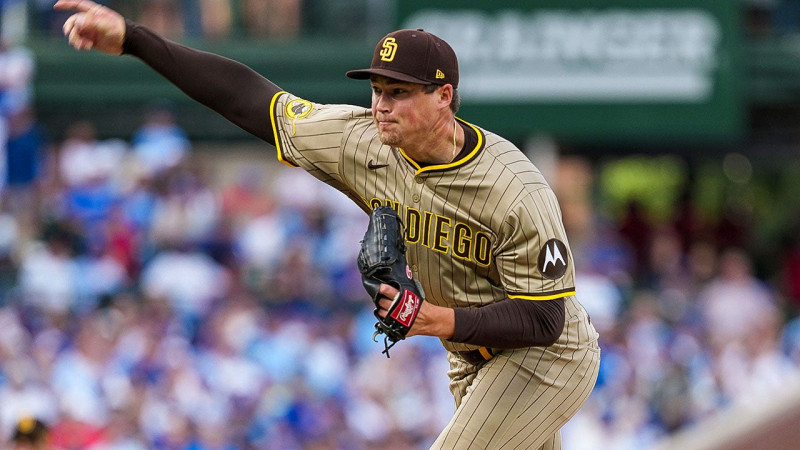In a moment that left fans and analysts alike rubbing their eyes, San Diego Padres reliever Mason Miller unleashed the fastest tracked pitch in Major League Baseball postseason history on Wednesday night. Clocking in at a jaw-dropping 104.5 miles per hour, the fastball zipped past Chicago Cubs batter Seiya Suzuki during Game 2 of the National League Wild Card Series. It was the kind of velocity that doesn't just break records—it shatters expectations for what a human arm can do under playoff pressure.
Miller, who was traded to the Padres from the Oakland Athletics earlier this offseason, has been turning heads all year with his electric stuff. Back with the A's, he'd already claimed the title for the regular season's hardest throw, hitting 104.1 mph twice—once against the Atlanta Braves in July and again versus the Houston Astros later that month. Indeed, seven of the top eight fastest pitches of 2025 belonged to him, a testament to his raw power that borders on the absurd. But this postseason mark? It eclipses even Aroldis Chapman's long-standing 103.4 mph from 2010, putting Miller squarely in the conversation as baseball's premier flamethrower.
The pitch came in the eighth inning, with the Padres clinging to a lead they desperately needed to clinch the series. Miller, facing nine batters across the two games, struck out eight, including that swing-and-miss on Suzuki that sealed his dominance. His slider has been nasty too, wiping out hitters with break that defies the speed of his heat. However, for all the hype around his arm, Miller's transition to San Diego hasn't been seamless—early command issues plagued him in spring, though he's settled in now, becoming the late-inning weapon the Padres craved after a rollercoaster regular season.
At 27, Miller's rise feels both inevitable and improbable. Drafted out of small-school programs, he battled Type 1 diabetes in college yet powered through to the majors in 2023. His All-Star nod last year with Oakland was no fluke, but watching him now, in the cauldron of October, it's clear he's evolved into something more—a closer who doesn't just close games but redefines them with sheer force. Moreover, as opponents dig in deeper, questions linger about sustainability; can this velocity hold up over a long run?
Yet in the end, as the dust settles from this wild card clash, baseball's timeless allure shines through in moments like these, prompting us to ponder just how much faster the game might go.

